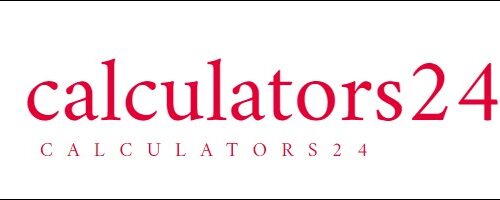Result:
N/A
Unveiling the Versatility of Math Converters: A Comprehensive Exploration
Introduction
In the realm of mathematical pursuits, a Math Converter stands as a dynamic and invaluable tool, adept at transforming various mathematical units, measurements, or notations seamlessly. Tailored to cater to the needs of students, educators, scientists, engineers, and anyone navigating the intricate world of mathematical concepts, this tool emerges as a beacon of efficiency in the process of converting between different mathematical systems or units.
Delving into Key Components and Functions
Input and Output Fields
At the core of a Math Converter lies its user-friendly interface, featuring input and output fields that empower users to effortlessly input mathematical values or expressions and witness the converted results in real-time.
Unit Selection
Users wield the power to select the specific mathematical unit, system, or notation for conversion. This encompasses units of measurement, numeral systems, coordinate systems, and more, providing a tailored and personalized conversion experience.
Conversion Algorithms
Driving the precision behind the conversions are sophisticated algorithms. Meticulously programmed, these algorithms navigate the intricacies of mathematical transformations and unit conversions, ensuring accuracy in every calculation.
Interactive Interface
Many Math Converters enhance user experience through interactive interfaces. Users can either input values or expressions directly or opt for predefined options, adding an element of flexibility to the conversion process.
Navigating Common Mathematical Conversions
The prowess of Math Converters extends to a myriad of mathematical conversions, demonstrating their versatility in handling diverse scenarios:
Unit Conversions
From the conversion of length, area, volume, mass, temperature, to time, Math Converters effortlessly transition between units, exemplified by conversions like meters to feet, Celsius to Fahrenheit, or kilograms to pounds.
Numeral System Conversions
Witness the seamless shift from one numeral system to another, be it decimal to binary, binary to hexadecimal, or the elegant transformation of Roman numerals to Arabic numerals.
Coordinate System Conversions
Math Converters masterfully transform coordinates from one system to another, a skill showcased in converting Cartesian coordinates to polar coordinates or vice versa.
Mathematical Notation Conversions
The adaptability of Math Converters is evident in their ability to convert mathematical expressions between infix, postfix (RPN), or prefix notations, catering to diverse preferences.
Number Base Conversions
In the realm of computer science and digital mathematics, Math Converters shine by converting numbers from one base to another. Picture converting a binary number to octal or hexadecimal with utmost ease.
Mathematical Function Conversions
The transformative capabilities extend to mathematical functions or equations, enabling tasks like simplifying equations, expanding expressions, or solving equations for specific variables.
Unveiling Benefits and Applications
The applications of a Math Converter are manifold, serving as a linchpin in various domains:
Education
For students and educators, a Math Converter is an indispensable companion. It facilitates exploration of mathematical concepts, provides a platform for practicing conversions, and aids in comprehending different mathematical systems.
Problem Solving
Professionals in engineering, physics, computer science, and finance turn to Math Converters for streamlined solutions to mathematical problems, enhancing efficiency in their respective fields.
Coding and Programming
In the realm of coding and programming, Math Converters simplify the lives of programmers and developers. Conversions between different numeral systems and units become a breeze, fostering a more seamless coding experience.
Data Analysis
Data analysts and statisticians harness the power of Math Converters when dealing with datasets or conducting statistical analyses. The tool proves instrumental in converting units of measurement, ensuring coherence in data analysis.
Engineering and Science
Engineers and scientists find solace in the capabilities of Math Converters, relying on them to convert units of measurement in intricate calculations, experiments, and simulations.
In Conclusion
In summation, a Math Converter emerges as a versatile ally in the world of mathematics. It not only simplifies mathematical conversions but also contributes significantly to the accuracy and efficiency of tasks involving different units, notations, or systems. Whether employed for educational endeavors, complex problem-solving, coding endeavors, or scientific research, this indispensable tool remains a cornerstone in the pursuit of precision in mathematical tasks and conversions.
